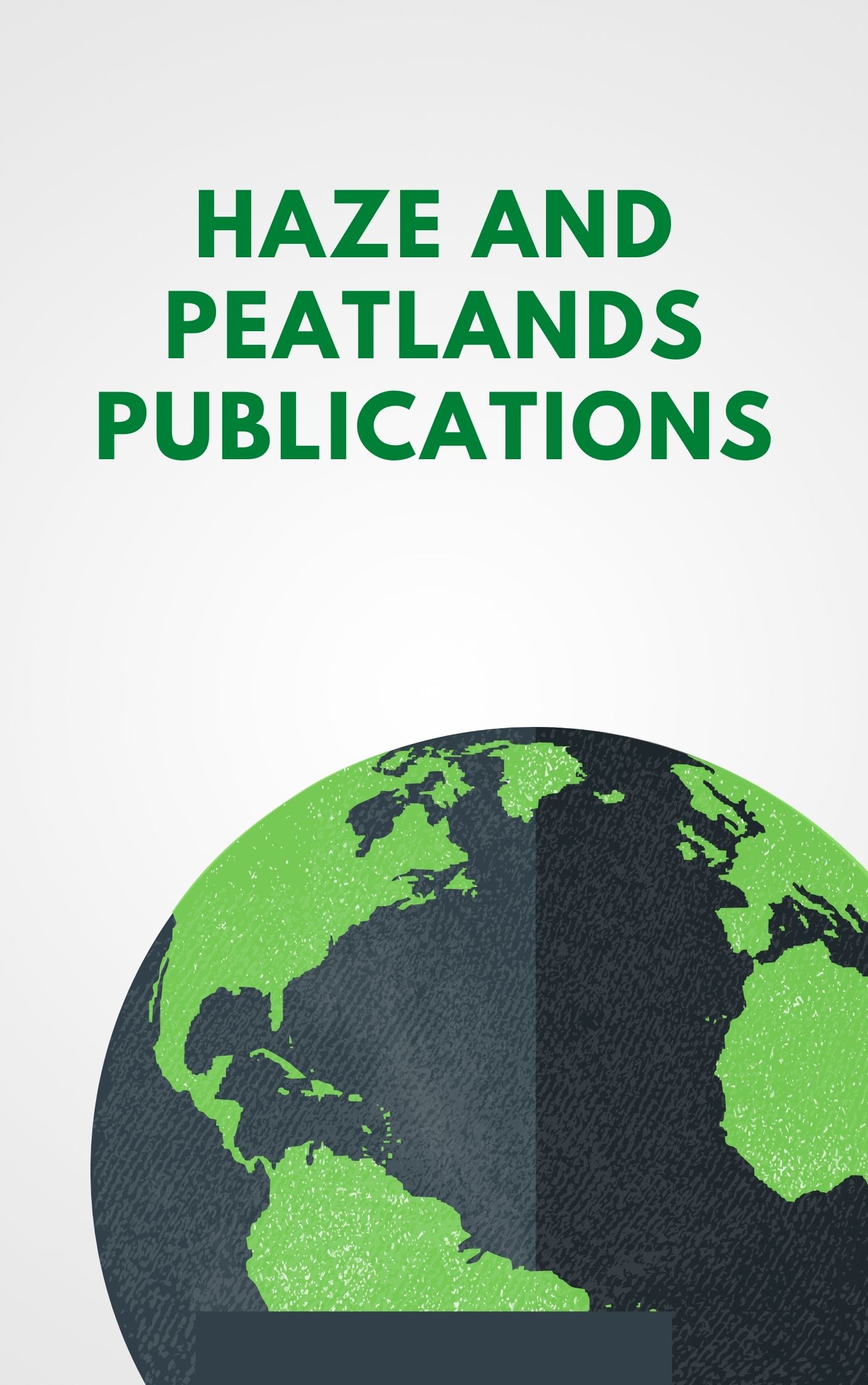We investigate the causes of deforestation in Indonesia, a country with one of the highest rates of primary natural forest loss in the tropics, annually between 2001 and 2016. We use high spatial resolution imagery made available on Google Earth to characterize the land cover types following a random selection of deforestation events, drawn from the Global Forest Change dataset. Notorious in the region, large-scale oil palm and timber plantations together contributed more than two-fifths of nationwide deforestation over our study period, with a peak in late aughts followed by a notable decline up to 2016. Conversion of forests to grasslands, which comprised an average of one-fifth of national deforestation, rose sharply in dominance in years following periods of considerable fire activity, particularly in 2016. Small-scale agriculture and small-scale plantations also contributed one-fifth of nationwide forest loss and were the dominant drivers of loss outside the major islands of Indonesia. Although relatively small contributors to total deforestation, logging roads were responsible for a declining share of deforestation, and mining activities were responsible for an increasing share, over the study period. Direct drivers of deforestation in Indonesia are thus spatially and temporally dynamic, suggesting the need for forest conservation policy responses tailored at the subnational level, and new methods for monitoring the causes of deforestation over time. © 2019 The Author(s). Published by IOP Publishing Ltd.
View source

